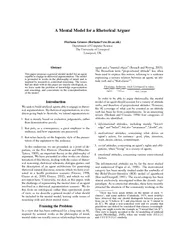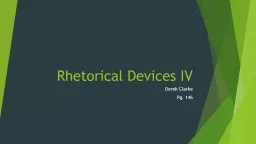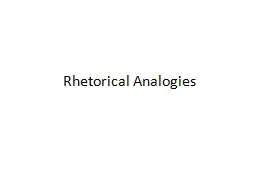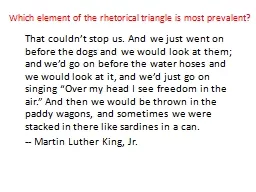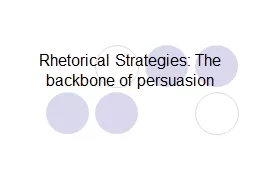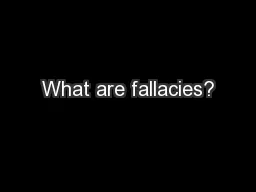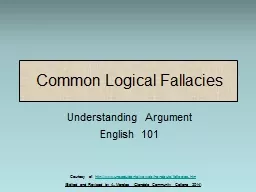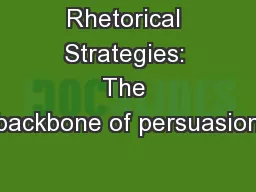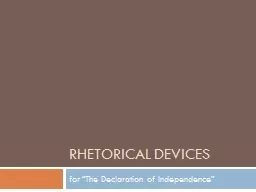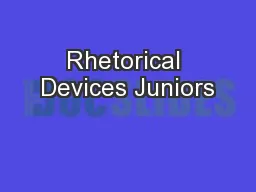PDF-A Mental Model for a Rhetorical Arguer Floriana Grasso
Author : min-jolicoeur | Published Date : 2015-04-30
livacuk Department of Computer Science The University of Liverpool Liverpool UK Abstract This paper proposes a general mental model for an agent capable to engage
Presentation Embed Code
Download Presentation
Download Presentation The PPT/PDF document "A Mental Model for a Rhetorical Arguer F..." is the property of its rightful owner. Permission is granted to download and print the materials on this website for personal, non-commercial use only, and to display it on your personal computer provided you do not modify the materials and that you retain all copyright notices contained in the materials. By downloading content from our website, you accept the terms of this agreement.
A Mental Model for a Rhetorical Arguer Floriana Grasso: Transcript
Download Rules Of Document
"A Mental Model for a Rhetorical Arguer Floriana Grasso"The content belongs to its owner. You may download and print it for personal use, without modification, and keep all copyright notices. By downloading, you agree to these terms.
Related Documents

